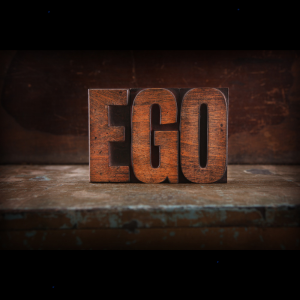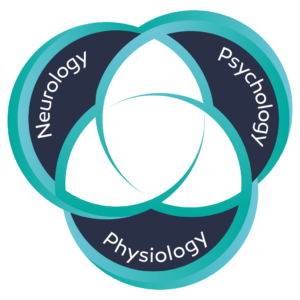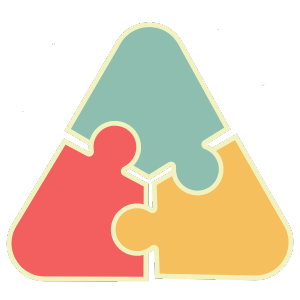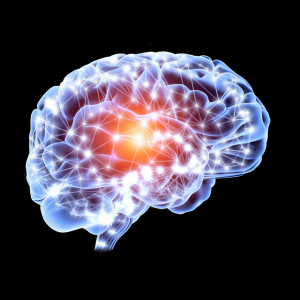Have you ever caught yourself overthinking, doubting your abilities, or feeling stuck in cycles of self-criticism? That voice in your head that judges, compares, and holds you back is often referred to as the ego. But here’s the thing—the ego isn’t your enemy. It’s actually one of your greatest guides.
Instead of seeing the ego as something to overcome, what if you viewed it as a signpost, pointing you toward where you need to grow? When you learn to observe your ego without judgment, it becomes a powerful tool for transformation rather than a source of self-sabotage.
What Is the Ego?
The ego is your mind’s way of constructing an identity and keeping you safe. It filters every experience through the lens of “me”, shaping your thoughts based on past experiences, social conditioning, and deep-seated beliefs.
In survival situations, the ego can be useful. It helps us detect danger and make quick decisions. But in everyday life, it often becomes overactive, generating unnecessary stress, fear, and self-doubt.
However, the ego isn’t trying to hurt you—it’s trying to protect you. The problem is that it does this by keeping you stuck in familiar patterns, even when those patterns no longer serve you.
If you’ve ever thought:
- “I’m not good enough.”
- “What if I fail?”
- “People will judge me.”
- “I can’t handle this.”
…your ego isn’t attacking you—it’s showing you exactly where you need to focus your attention.
How the Ego Guides Growth
Rather than trying to silence or battle the ego, the key is to observe it with curiosity. When your ego reacts strongly to something, it’s not a roadblock—it’s an indicator that you’re stepping into an area of potential growth.
- When your ego says, “This won’t work,” it’s really saying, “You’re stepping into the unknown—keep going.”
- When it warns, “You’ll never change,” it’s pointing out an old belief that needs rewriting.
- When it convinces you, “It’s too hard,” it’s identifying an opportunity to build resilience.
Once you begin to observe the ego without judgment, you can use it as a guide rather than a limitation.
How the Ego Influences Chronic Pain
The ego doesn’t just affect your thoughts; it also plays a major role in chronic pain. If you constantly tell yourself:
- “This pain will never go away.”
- “I have no control over this.”
- “I’ll always be stuck like this.”
…you’re reinforcing a negative feedback loop between your mind and body. Your brain listens to what you repeatedly think, and over time, these thoughts strengthen the Neural Net that keeps pain active.
By shifting how you interact with your ego, you can interrupt this loop and help calm your nervous system. The next time these thoughts arise, try to see them for what they are: old patterns that you are in the process of changing.
How This Ties into Awareness and Healing
In The Path of Awareness, we discussed how moving from automatic reactions to conscious responses can change your experience of pain and life. The ego is a huge part of that process.
- If you’re unaware of your ego, it controls your reactions.
- If you’re in post-behavior awareness, you recognize your ego’s influence but can’t stop it yet.
- In real-time awareness, you notice when the ego speaks and begin choosing different responses.
- And in full awareness, you anticipate and reframe ego-driven thoughts before they take hold.
This is how deep transformation happens—not by suppressing thoughts, but by choosing how you respond to them.
What Comes Next?
Now that we’ve explored the Neural Net, the Path of Awareness, and the Ego, the next step is putting it all together. In the next article, we’ll connect these concepts to show you how they work as a unified system for healing and personal growth.
If you’re ready to learn more about breaking the cycle of chronic pain, check out our free resources:
Stay tuned for Part 4: Connecting the Concepts—How the Mind, Awareness, and Ego Work Together.





